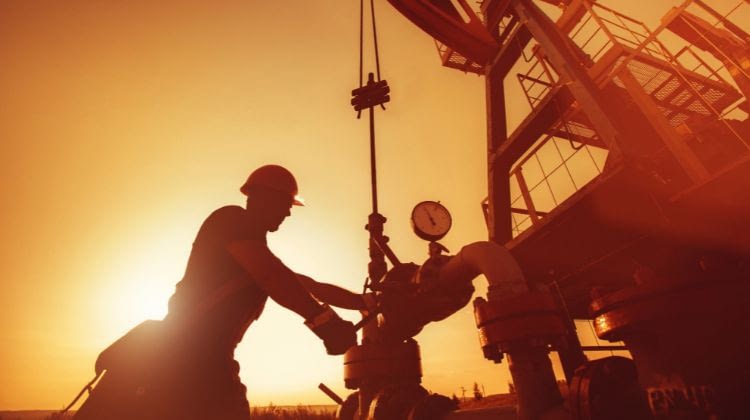
For investors, future engineers, or simply anyone interested, the life span of an oil well is an important topic to note. The most critical portion of the life cycle is the 20-30 year active stage, which is just one part of the six main life cycle classifications. If you’re interested in knowing more, here’s a quick guide to the complete life cycle of an oil well.
Exploration
Before an oil well is built, a company will spend between 1 to 5 years engaging in exploratory drilling to find the perfect spot. During this phase, the land is tested by studying core samples, conducting seismic and aerial surveys, as well as observing the hydrocarbons and characteristics of the reservoir. Usually, 50 to 70 percent of exploratory wells do not produce oil.
Appraisal
If a seemingly fruitful area is found, the land must be appraised. This is so that a company can continue conducting more in-depth studies and determine the boundaries of the area. During this phase, more seismic surveys and reservoir simulation studies will be conducted. It is at his phase that a company will decide whether or not to construct the well.
Construction
While the development of the sight may take up to 4 to 10 years, the actual construction and planning of the site can take up to 12 to 18 months. Environmental assessments will continue before a well is considered “active.” The building of infrastructure will begin at this phase, as well as community and environmental assessments.
Production
The first phase of a well’s life cycle is the active phase. The active phase can last many years, with the average amount being 30 years. However, with tools like flow control accessories, well problems can be diagnosed and taken care of earlier and at a much faster rate, thus increasing the active stage.
In the production phase, a well can fall into two other phases and be considered suspended or inactive. If a well is inactive, this means it has not produced oil in a year; however, this is usually a temporary situation. If a well is considered suspended, this typically means that more work needs to be done to secure the well, but it may become active in the future.
Decommission
The decommission and dismantling of a well can take anywhere from 2-10 years. In this phase, a well can be considered abandoned, orphaned, or reclaimed. A reclaimed well is a well site and rig that has been completely dismantled and decommissioned up to regulatory standards. An orphaned well is a well with no discernable owner and has been suspended for a few years. Lastly, an abandoned well is a well that has been permanently shut down, plugged, and has had the wellhead removed. A company will assess any contamination and remediate the site according to area regulations.
With this guide to the complete life cycle of an oil well, you’re better informed on the length of an oil well process, allowing you to make better investment and construction decisions.